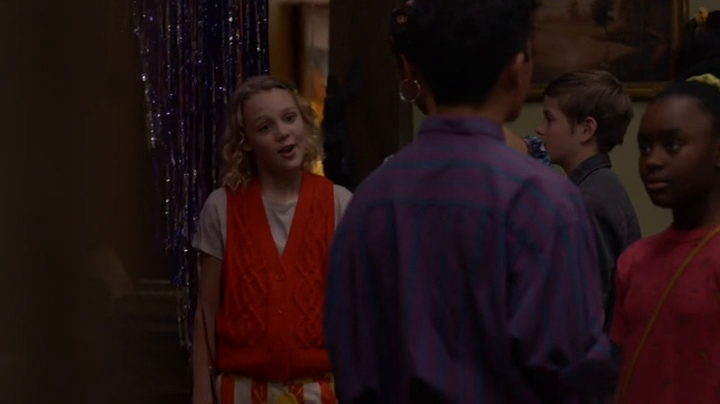

It was here that surveyors began their planting – 12,600 ash, larch, spruce, chestnut, pine, red and blue gums, oak, golden willow and tōtara, to be precise.

The road to the military outpost of Galatea, established in 1869 to launch forays into the forest against Te Kooti, climbed over the northernmost arm of Kāingaroa. While statesmen, conservationists and representatives of the timber industry gathered to discuss the issue at a conference in July 1896, surveyors were forging roads around Rotorua, including roads designed to open up Te Urewera, the heartland of Ngāi Tūhoe, to settlement. To address such issues in New Zealand, the conservation of existing forests was coupled with large-scale afforestation schemes. Archives New ZealandĪs rulers of the British empire had long known, a lack of wood threatened the material, social and economic order: no wood, no kingdom. Prison plantations sought to turn so-called waste land into productive spaces.

Corsican and ponderosa pine at Hanmer Forest, 1974. Sawmills were “killing and slaying and burning and wasting” so much native bush that by the 1890s there was real concern about the scarcity of timber. The assault on the forest, argued one historian, was a “pitiful war” waged “under the guise of improvement”. Native forests were being felled at alarming rates to make way for Pākehā settlement and its rapacious appetite for wood. In the 19th century, fears that New Zealand would run out of timber were well founded.

But in the 1890s, when a cure for bush sickness was still decades away, the Crown improved what it considered an unproductive ecosystem through afforestation, the planting of trees where no trees had stood before. The 600,000 acres of Kāingaroa Plains acquired from Māori by the Crown were unsuitable for farming because their mineral-deficient soils gave rise to bush sickness, a disease that stunted and killed cattle.Īdd the right minerals, however, and the land became ripe for settlement – and ripe for arguments over forestry versus farming that continue to this day. Remarkably, exotic trees had taken where farmland could not. Experiments to find the right species for this hostile environment were ongoing. Some of the trees the prisoners had planted were barely knee-high, like a field of upturned bottle-cleaners.
#SECRETS OF SULPHUR SPRINGS TIME OUT FREE#
When Barnicoat visited to report on Waiotapu, the land was mostly free of trees and covered in a pumiceous, sandy deposit mixed with volcanic ash from eruptions at Tarawera, Kaharoa and Taupō. Today, roads in and out of Rotorua are bounded with pine trees that suggest a permanence that never existed. Felled timber ready to feed colonialism’s rapacious appetite for wood, c.1920. Waiotapu was a prison workscape like no other. Prison plantations in every Australian state except Tasmania may have replicated New Zealand’s unfree forestry experiment, but they never had geysers. “Should prison settlements become common as blackberries, it is not likely that there would ever be another so remarkably situated as this.”Īs she continued her journey and wound her way through the scrub towards the prison, Barnicoat was surrounded by thermal wonders that had made the region so attractive to Māori and tourists alike: “boiling mud-holes, ‘porridge pots’ (fine mud bubbling like porridge), steam jets, little geysers, sulphur terraces and caves, excellent black sulphur baths, and an immense variety of hot springs and streams”. “I cannot forbear to describe the situation,” she wrote of the frontier-like outpost. “In the vast expanse of scrub-covered land, white as snow in spring with the blossoms of the aromatic mānuka, and in which steam is constantly rising in all directions from the numberless hot springs, one cluster of plain, unadorned, white buildings at once strikes the eye.” This was Waiotapu Prison, a forest plantation for prisoners, made up of box-like houses arranged in a U shape. From the cool shade of its veranda she had boundless views over volcanic plains covered with mānuka scrub and tall fern, framed by ranges of blue and purple mountains.īut then she spotted something out of place. On a January morning in 1903, intrepid journalist Constance Barnicoat stopped at the lonely Waiotapu Hotel, 30 kilometres south of Rotorua. This is an excerpt from the chapter ‘Plantation’. In his new book Blood and Dirt: Prison Labour and the Making of New Zealand, Jared Davidson tracks the history of unfree work and how it shaped the Aotearoa we know today.


 0 kommentar(er)
0 kommentar(er)
